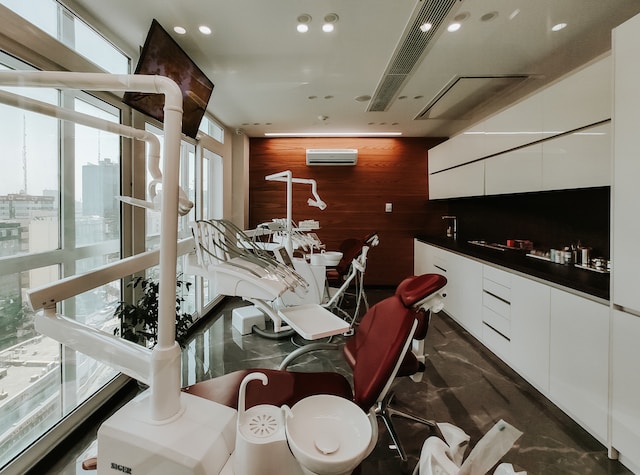An interesting article titled “Teledentistry Adoption and Use During the COVID-19 Pandemic” written by M, Fernando T, Surdu S, and Romero A. appears in the Oral Health Workforce Research Center, Center for Health Workforce Studies (July 2023). The article sough to explore how the adoption of teledentistry has changed in recent years and what barriers still exist with its use.
Teledentistry has been discussed before on this site such as at the post Delivering Dentistry and Counseling to Patients using Telemedicine. Teledentistry is defined as using electronic information including interactive audio, video, and data communications to provide and support dental care whereby the care occurs virtually from where the oral health professional is licensed. Teledentistry provides an efficient way for dental professionals to consult, diagnose, follow up, and offer health education to patients and helps to reduce the number of in-person visits.
The looked at teledentistry by safety-net organization that was provided to bridge access to care during the COVID-19 pandemic. Some barriers to the expansion of teledentistry, included the lack of Medicaid reimbursement. It was noted that after the expiration of the COVID-19 Public Health Emergency in May 2023, only 14 states in the U.S. offer teledentistry to be eligible for Medicaid reimbursement. The report found it was import for Medicaid reimbursement for continued use of teledentistry with certain patient populations, such as those were are low income.

Photo by Sam Moghadam Khamseh on Unsplash
Furthermore, it was found that state-level restrictions such as only allowing actual dentists to deliver teledentistry services is a limitation expansion factor. For example dental hygienists are not allowed to be seen via a teledentistry visit in many states. Therefore the report concludes that dental professionals must reduce variability in regulation and authorization to help improve access to dental services via teledentistry. The report states:
“While the COVID-19 pandemic was inconvenient and disruptive to health care, it provided an important opportunity—in a sense a natural experiment among a broader and more generalized population—to explore the benefits of virtual visits and how they can be used to augment in-person services and increase access to dental providers.”
The report also found that both patients and providers aliked were satisifed with teledentistry. Teledentistry helped both patients and providers think of the dental office more like an operating theater. Prevention education and planning involved with patients with complex medical histories could be effectively performed virtually.

Your article is very helpful and knowledgable. For Amazon Account Management Service.visit our wbsite now.